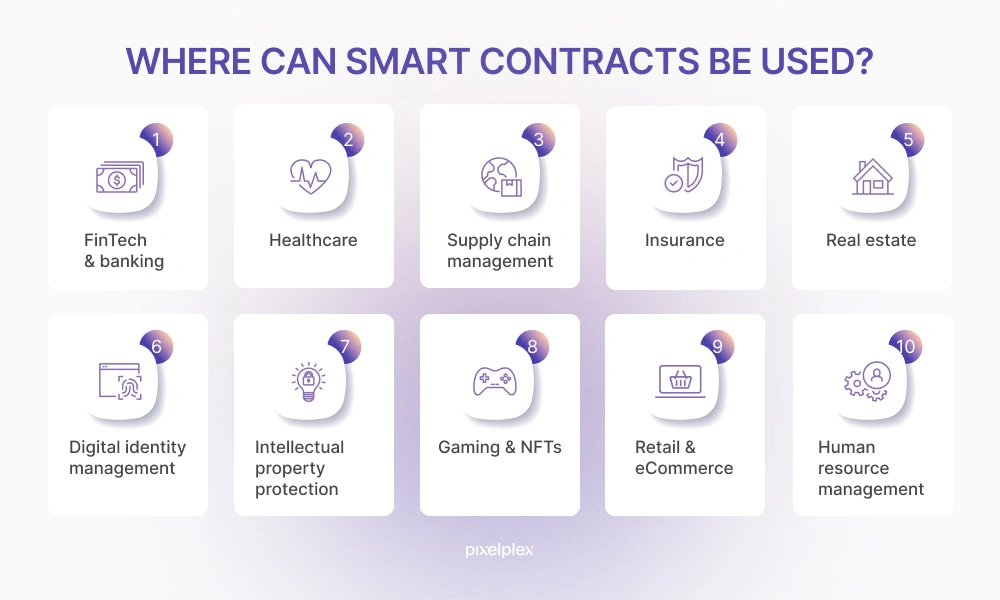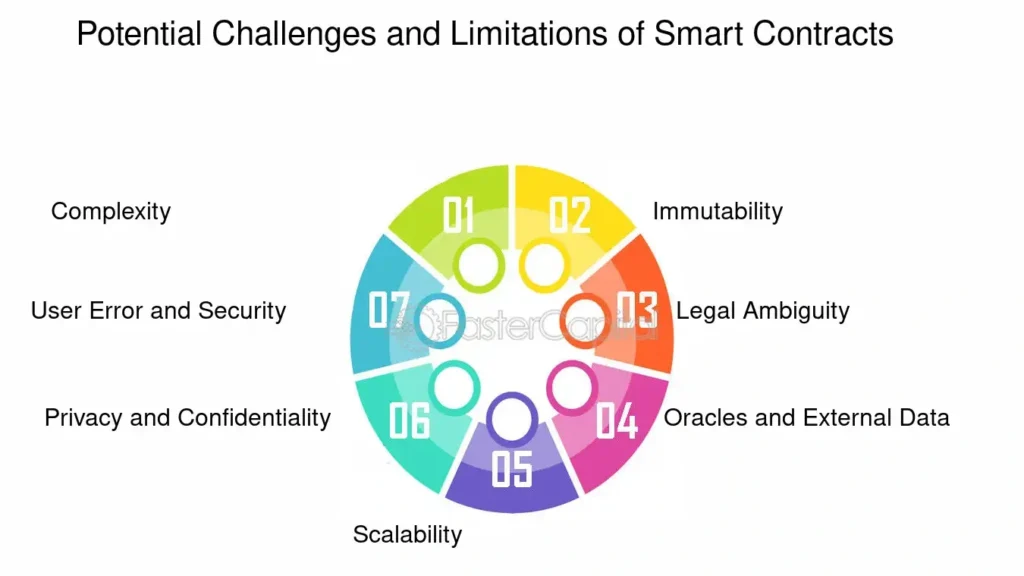Introduction: Why Smart Contracts Are Worth Understanding
In the world of blockchain, smart contracts have become one of the most practical and transformative tools. If you’re new to the space, the term might sound intimidating—but the idea is surprisingly straightforward. Smart contracts for beginners can be thought of as digital agreements that automatically execute once certain conditions are met. They’re not smart in the human sense, nor contracts in the legal sense, but rather code stored and run on a blockchain.
These self-executing programs remove the need for middlemen, reduce the risk of fraud, and ensure that transactions happen exactly as programmed. Whether it’s transferring funds, verifying ownership, or running a game, smart contracts make automation on decentralized networks possible.
What Is a Smart Contract?
A smart contract is a piece of code that lives on a blockchain. Once deployed, it runs exactly as written, without the possibility of downtime, censorship, or interference. It listens for specific inputs—like a user sending a payment or submitting data—and then performs predefined actions, such as transferring tokens or logging information.
Imagine renting a digital storage locker. In a traditional setup, you pay a company and they give you a key. With a smart contract, you send payment directly to the contract, which automatically unlocks access. No paperwork, no delays.
These contracts are typically used on Ethereum and Ethereum-compatible networks, but their logic can be applied across multiple blockchains.
The Value of Smart Contracts
So why are smart contracts such a big deal?
- Trustless transactions: No need to rely on third parties; the code enforces the agreement.
- Transparency: Once deployed, anyone can inspect the contract code on the blockchain.
- Automation: Processes that once needed human oversight can now run independently.
- Security: They inherit the security of the blockchain they’re built on, making them hard to tamper with.
This makes them ideal for everything from financial services and insurance to supply chain tracking and decentralized applications (dApps).
Key Components You’ll Need to Build One
If you’re curious about building your own smart contract, you’ll need a few essential tools. Below is a breakdown of the basic components required:
| Component | Tool or Platform | Purpose |
|---|---|---|
| Writing Contracts | Solidity | Primary language for Ethereum-based logic |
| Local Development | Hardhat or Truffle | Simulate blockchain locally for testing |
| Frontend Integration | Web3.js or Ethers.js | Connect smart contracts to websites/apps |
| Wallet & Testnet | MetaMask + test ETH | Send transactions and interact with contracts |
| Live Deployment | Ethereum, Arbitrum, etc. | Launch your contract to a real blockchain |
Each component plays a role in the development process. For instance, Solidity is used to write your contract, while Hardhat lets you test it locally without spending real tokens. MetaMask acts as your wallet and interface for interacting with contracts, and once you’re confident everything works, you can deploy to Ethereum or a compatible network.
A Simple Walkthrough: From Code to Deployment
To give a better idea of the process, here’s a basic outline of how a beginner might go from concept to launch:
- Write the contract in Solidity. Let’s say it’s a simple contract that releases funds only when a task is marked “complete.”
- Test locally using Hardhat. Here, you simulate the blockchain environment to ensure your logic works.
- Connect your frontend using Web3.js. This could be a simple webpage that lets users click a button to mark a task as done.
- Set up MetaMask, acquire test ETH from a faucet, and deploy the contract to a testnet like Goerli.
- Verify behavior, and once you’re confident, deploy to the main network.
Common Use Cases for Smart Contracts

Credit from Pixelplex.io
Smart contracts are already being used in a wide range of applications:
- DeFi (Decentralized Finance): Lending platforms, automated market makers, and stablecoins all use smart contracts to operate without banks.
- NFT Marketplaces: Minting, transferring, and selling digital assets are governed by smart contracts.
- DAOs (Decentralized Autonomous Organizations): Governance rules and voting systems are encoded into smart contracts.
- Gaming: In-game assets and rewards can be managed transparently using contract logic.
- Supply Chain: Smart contracts automate checkpoints and verify goods at each step.
Each of these cases highlights the ability to automate trust and improve efficiency through code.
Limitations and Considerations

Credit from FasterCapital
Despite their potential, smart contracts aren’t perfect. Here are a few important limitations:
- Immutable Bugs: Once deployed, you can’t change a contract. Any bugs in the code can become permanent unless you plan for upgradeability.
- Complexity Risks: Writing contracts that interact with other contracts (or data feeds) adds complexity and increases vulnerability.
- High Gas Fees: Deploying or using smart contracts can become expensive when network activity is high.
- Security Audits: If a contract handles valuable assets, it should be professionally audited—this can be costly and time-consuming.
That said, awareness and planning can mitigate most of these risks.
Learning Path for New Developers
If you’re interested in learning how to work with smart contracts, here’s a basic path you can follow:
- Learn Solidity basics through online courses or documentation.
- Experiment with Remix IDE, a browser-based Solidity editor.
- Set up a local environment using Hardhat or Truffle.
- Practice deploying to testnets via MetaMask.
- Explore integration with websites using Ethers.js.
- Study existing open-source contracts and try writing your own.
The community is large and active, and many free resources are available to help you along the way.
Conclusion: Why Smart Contracts Matter
In a world where automation, transparency, and decentralization are growing in importance, smart contracts are a foundational piece of blockchain’s promise. They allow users to engage in transactions without relying on centralized systems—and that’s a shift with far-reaching consequences.
For those just starting out, smart contracts for beginners aren’t as intimidating as they first seem. With the right tools, a bit of experimentation, and a solid understanding of the components involved, you’ll be able to write and deploy simple contracts in no time—and potentially help shape the next wave of digital innovation.



